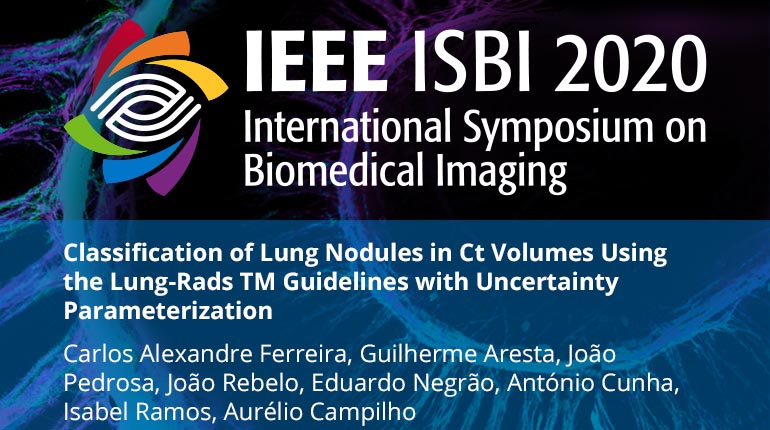
Already purchased this program?
Login to View
This video program is a part of the Premium package:
Classification of Lung Nodules in Ct Volumes Using the Lung-Rads TM Guidelines with Uncertainty Parameterization
- IEEE MemberUS $11.00
- Society MemberUS $0.00
- IEEE Student MemberUS $11.00
- Non-IEEE MemberUS $15.00
Classification of Lung Nodules in Ct Volumes Using the Lung-Rads TM Guidelines with Uncertainty Parameterization
Currently, lung cancer is the most lethal in the world. In order to make screening and follow-up a little more systematic, guidelines have been proposed. Therefore, this study aimed to create a diagnostic support approach by providing a patient label based on the LUNG-RADS^TM guidelines. The only input required by the system is the nodule centroid to take the region of interest for the input of the classification system. With this in mind, two deep learning networks were evaluated: a Wide Residual Network and a DenseNet. Taking into account the annotation uncertainty we proposed to use sample weights that are introduced in the loss function, allowing nodules with a high agreement in the annotation process to take a greater impact on the training error than its counterpart. The best result was achieved with the Wide Residual Network with sample weights achieving a nodule-wise LUNG-RADS^TM labelling accuracy of 0.735?0.003.
Currently, lung cancer is the most lethal in the world. In order to make screening and follow-up a little more systematic, guidelines have been proposed. Therefore, this study aimed to create a diagnostic support approach by providing a patient label based on the LUNG-RADS^TM guidelines. The only input required by the system is the nodule centroid to take the region of interest for the input of the classification system. With this in mind, two deep learning networks were evaluated: a Wide Residual Network and a DenseNet. Taking into account the annotation uncertainty we proposed to use sample weights that are introduced in the loss function, allowing nodules with a high agreement in the annotation process to take a greater impact on the training error than its counterpart. The best result was achieved with the Wide Residual Network with sample weights achieving a nodule-wise LUNG-RADS^TM labelling accuracy of 0.735?0.003.
 Cart
Cart Create Account
Create Account Sign In
Sign In





